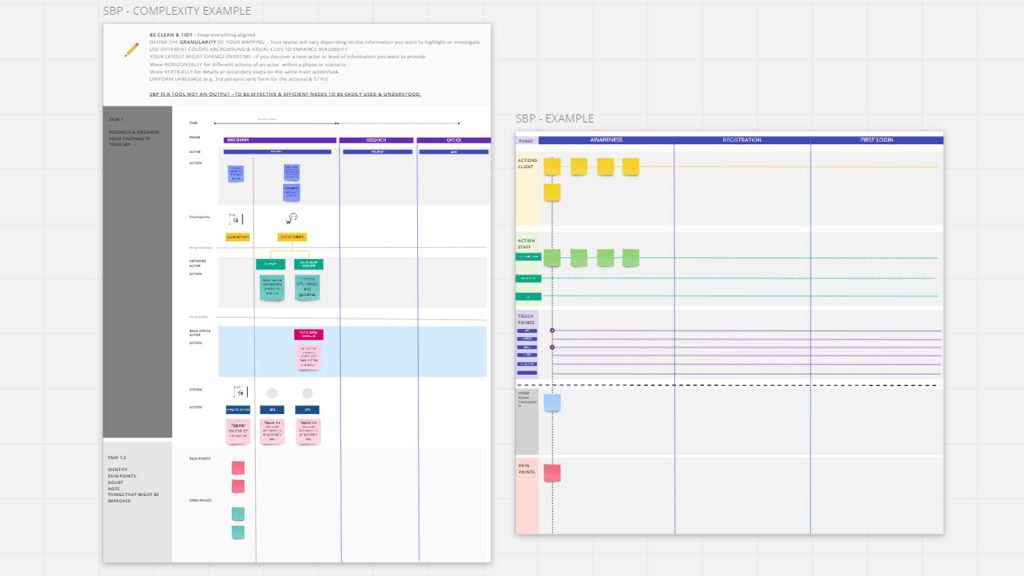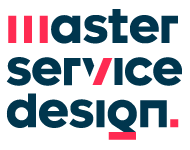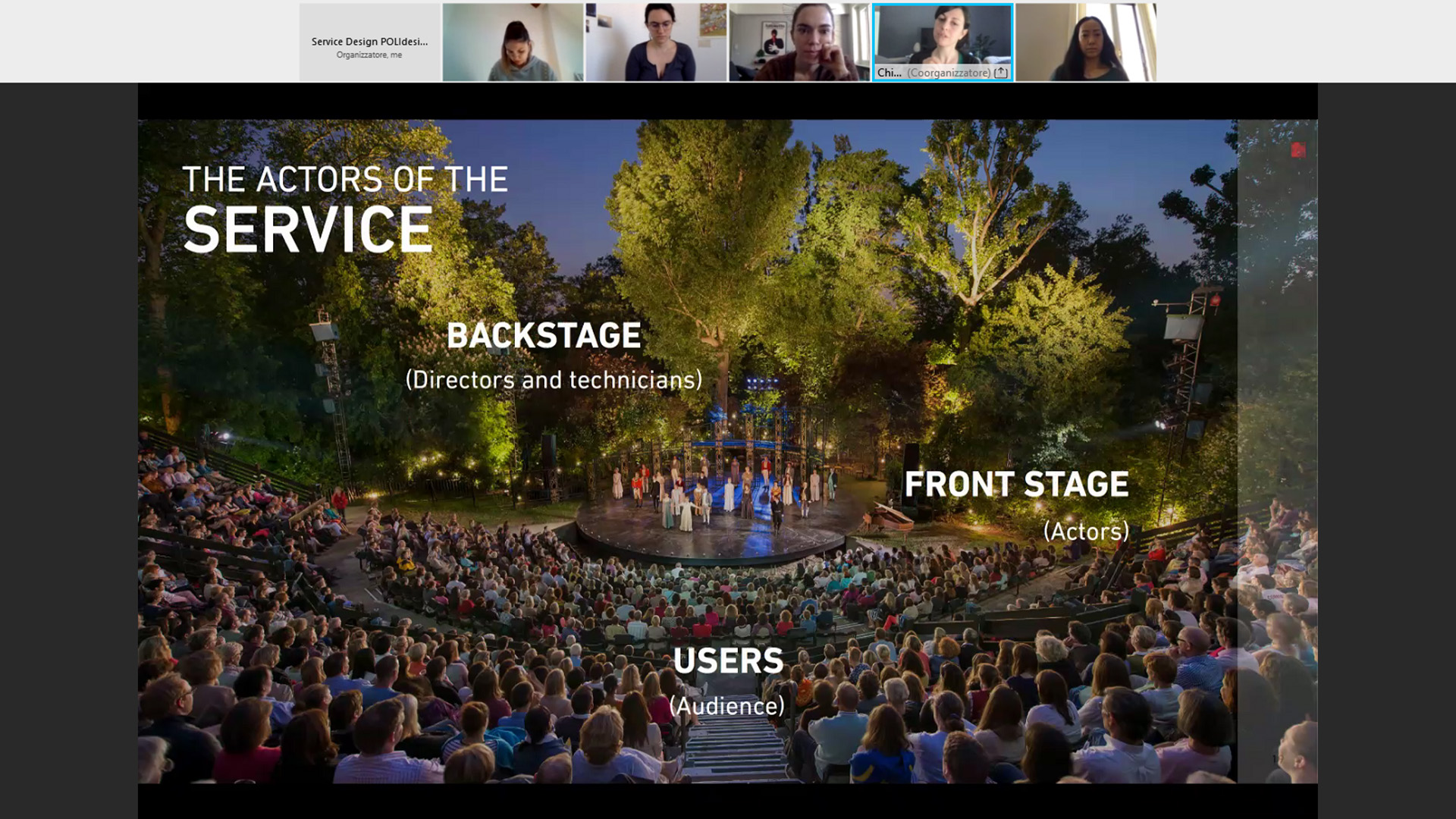The service blueprint is a detailed map of the entire process of a service; showing all the activities, tools and interactions that occur at each stage, performed by different actors involved, who make that service efficient. Service designers use it to provide a holistic overview of interactions and relationships among actions end to end, to highlight pain points and gaps in the experience, to understand and test the feasibility of new solutions (i. e. to evaluate impact), to identify tools and touchpoints, and to identify new requirements to improve as is services/experiences and map their implementation. In a way, it's the service equivalent of the product design's technical drawings: a technical representation of all the "parts" and "relationships" involved in the process (that's where its name comes from). The ongoing module led by Chiara Monteleone focuses exactly on this great tool to give our students the basics understanding of it and its effective application in a complex omnichannel scenario. They will learn how to efficiently map services and identify pain points and gaps in the experience taking into consideration not only the quality of the overall customer experience but also the feasibility of the suggested solutions. They will experience firsthand how to identify the appropriate SBP layout, define the level of depth needed to provide efficient solutions, and how to efficiently present them.
The topic they'll face during the module is the financial sector. The current situation has led all designers to think about new ways and solutions to digitalize and improve otherwise physical experiences. There are some providers of services, crucial for the population, that are still thinking about how to improve or transform their experience. The financial sector had to quickly transform its day-to-day operativity, implementing often quick and dirty solutions to be able to perform and operate at their best, but some services are still unavailable or not yet digitalized. Students will apply the insights learned trying to identify main issues and provide feasible solutions to improve different typologies of services related to the financial sector. To do so, they first have to learn the difference between the customer journey map and the service blueprint, how it is made (frontstage actions, backstage actions, separation lines) and how to read it (vertically, experience-focused or horizontally, action-focused), then the different types of blueprints (as is/to be/ideal). After that, they'll address the topic focusing on two specific aspects: digital payments and financial education & support, not creating a new service or functionality but providing solutions to make an existing service accessible and improved. To do so, they have to create an accurate service blueprint.
The service blueprint is a great tool but might be lengthy and hard to understand. So, at the end of the module, students will efficiently and easily present all the insights and innovations they gathered during the process.


